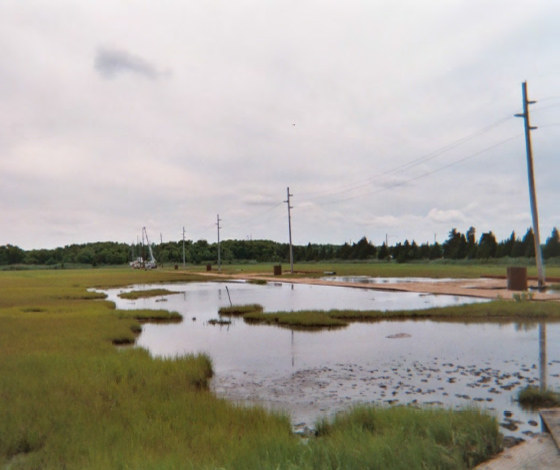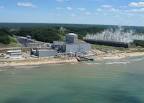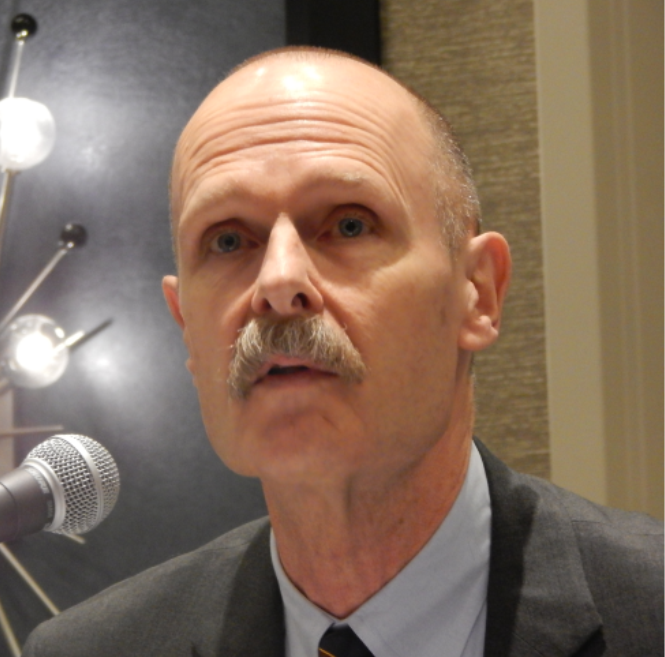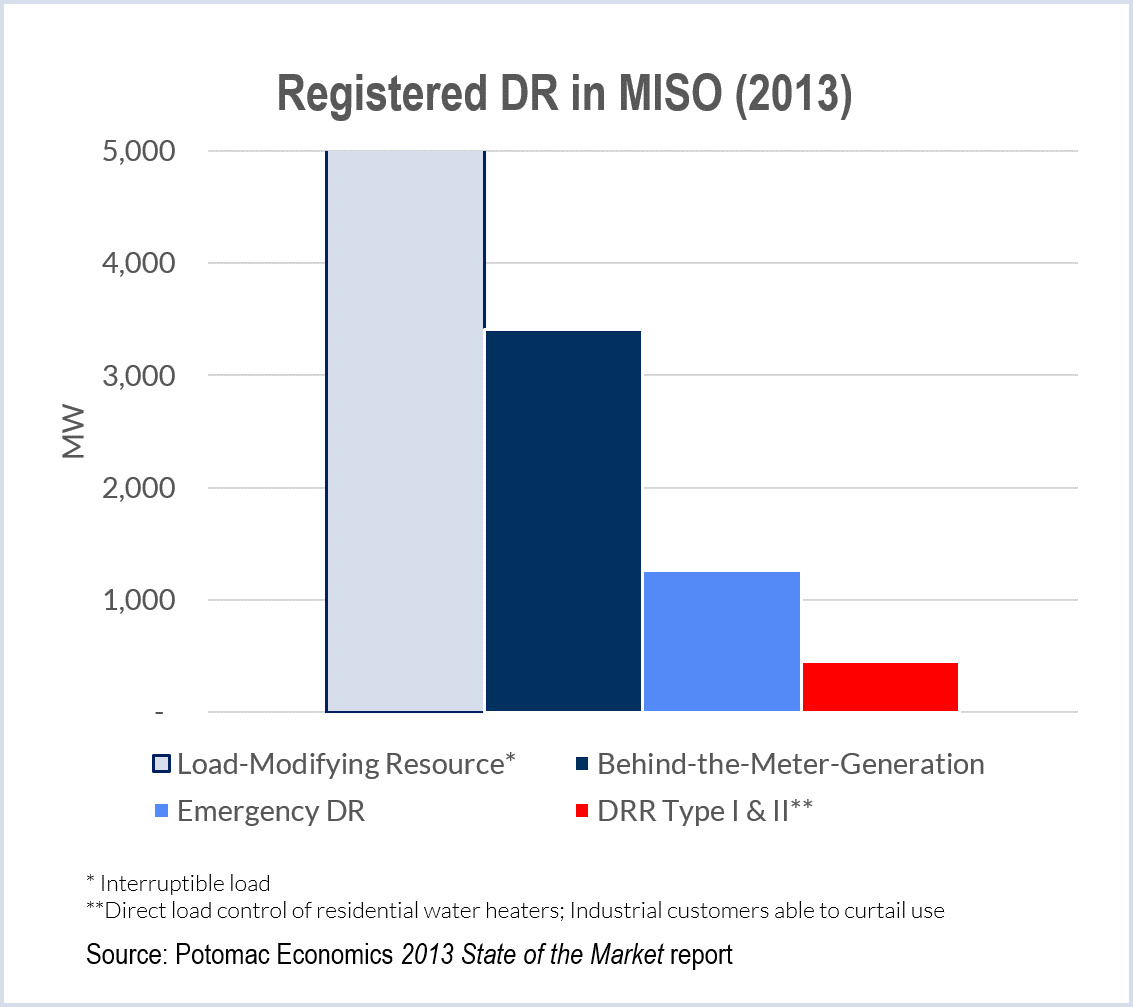By Suzanne Herel
Four companies vying for a contract to address stability problems at Artificial Island squared off in a tense PJM Transmission Expansion Advisory Committee meeting Dec. 9 before an unexpected crowd that required organizers to employ an overflow room.
The meeting had the atmosphere of a political debate as representatives from Transource Energy, LS Power and Dominion Resources delivered 30-minute presentations pitching their proposals. The fourth contestant, Public Service Electric & Gas, used its time to attack Dominion’s plan for using what it called untested technology.
PJM planners expect to present a final recommendation at the Jan. 8 TEAC meeting, in time for consideration by the Board of Managers in February, said Steve Herling, vice president for planning.
All of the potential solutions involve new transmission lines connecting Artificial Island, home to the Salem-Hope Creek nuclear complex, to Delaware.
LS Power and Transource are proposing a southern crossing of the Delaware River. Dominion and PSE&G are proposing a northern route with an overhead crossing. Both paths are expected to face permitting challenges, according to Paul McGlynn, general manager of system planning.
LS Power’s proposal includes both overhead and submarine options for the river crossing, each of which would carry a binding cost cap of $146 million.
“We are the only company that has offered PJM a significant cost cap,” LS Power Vice President Sharon Segner said. “We are taking on risks associated with real-estate costs, environmental mitigation costs, overhead/submarine river crossing costs and routing costs.”
She also touted her project’s proposed timeline of 42 months.
Transource emphasized its 50-50 partnership with Pepco Holdings Inc. and said its submarine proposal will have the easiest time obtaining permitting.
While it has not agreed to a cost cap, the company would forego 50% of any return-on-equity incentives on costs from $203 million to $255.3 million and all such incentives on any costs exceeding $255.3 million.
Ronnie Bailey, manager of transmission planning for Dominion, emphasized among his proposal’s advantages a 36- to 48-month turnaround time. The project’s cost of $164 million to $174 million also carries the least risk of cost overrun, he said.
Dominion’s solution combines thyristor controlled series compensation (TCSC) technology with static VAR compensators (SVCs) to ensure stability.
While a third-party study commissioned by PJM concluded Dominion’s model “proved stable for all critical faults,” according to McGlynn, the technology was widely challenged at the meeting.
PSE&G led the attack. Instead of speaking on their own proposal, PSE&G representatives used their half-hour to deliver a 25-slide presentation bashing Dominion’s plan as untested and unsafe.
PSE&G also cited criticism by its sister company, PSEG Nuclear, the operator of the Salem and Hope Creek plants.
“The use of the second-largest nuclear site in the U.S. as a test bed for a first-of-its-kind transmission design is problematic and presents potentially dire consequences,” PSEG Nuclear Vice President Christopher Schwarz said in written comments. “The potential consequences arising from a failure of the proposed design to provide both stability and SSR (sub-synchronous resonance) protection when called upon are simply unacceptable from a nuclear safety perspective.”
Dominion’s Bailey called such comments “misinformation” based on the performance of conventional capacitors, not the modern devices Dominion would use.
“The bottom line is these things work, and it’s been vetted by PJM,” he said. “TCSC is now an option to mitigate SSR, and it’s nothing to be afraid of.”
For its part, PSE&G has agreed to a cost cap of $221 million for its proposal, which faces siting hurdles in crossing protected wetland and wildlife areas in New Jersey. (See Two of Four Artificial Island Finalists Offer Cost Caps.)
PJM planners had recommended PSE&G’s selection for the project but re-engaged the other three companies after being widely criticized this summer by environmentalists, New Jersey officials and spurned bidders. (See PJM Puts the Brakes on Artificial Island Selection.)
The project is PJM’s first under the Federal Energy Regulatory Commission’s Order 1000, which opens up transmission line projects to non-incumbent companies.







